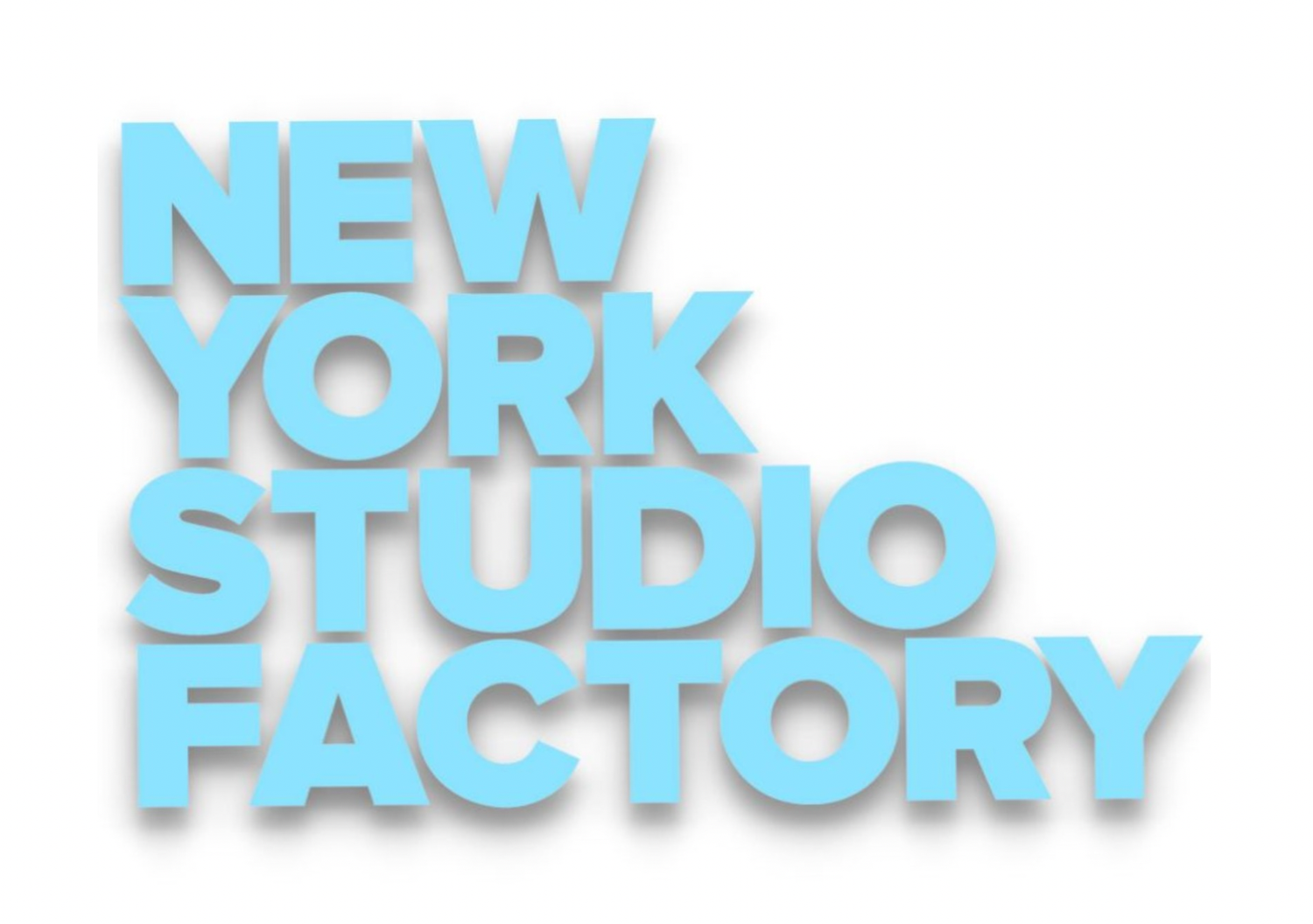NYSF Member Alex Chowaniec Interviewed in Bushwick Daily
/Chowaniec settled in Bushwick with a studio at New York Studio Factory. “You don’t need a studio to make art,” she says. “But to have a ‘room of one’s own’—I heart Virginia Woolf—is critical to me. My studio here is my sanctuary.”
In her studio, Chowaniec creates paintings, drawings, and sculptural projects with new media extensions, including 3D printing and virtual reality. “My art practice starts with collecting objects and memories from my immediate environment, a shared landscape that we connect with daily. I work in hybrid media, traditional and new, with the conscious goal of creative multiple access points for view[er] engagement. The democratization of access to art is critical to my vision.”
And in so many ways, that too is what Chowaniec loves about Bushwick: the opportunities that come with alternative spaces.



